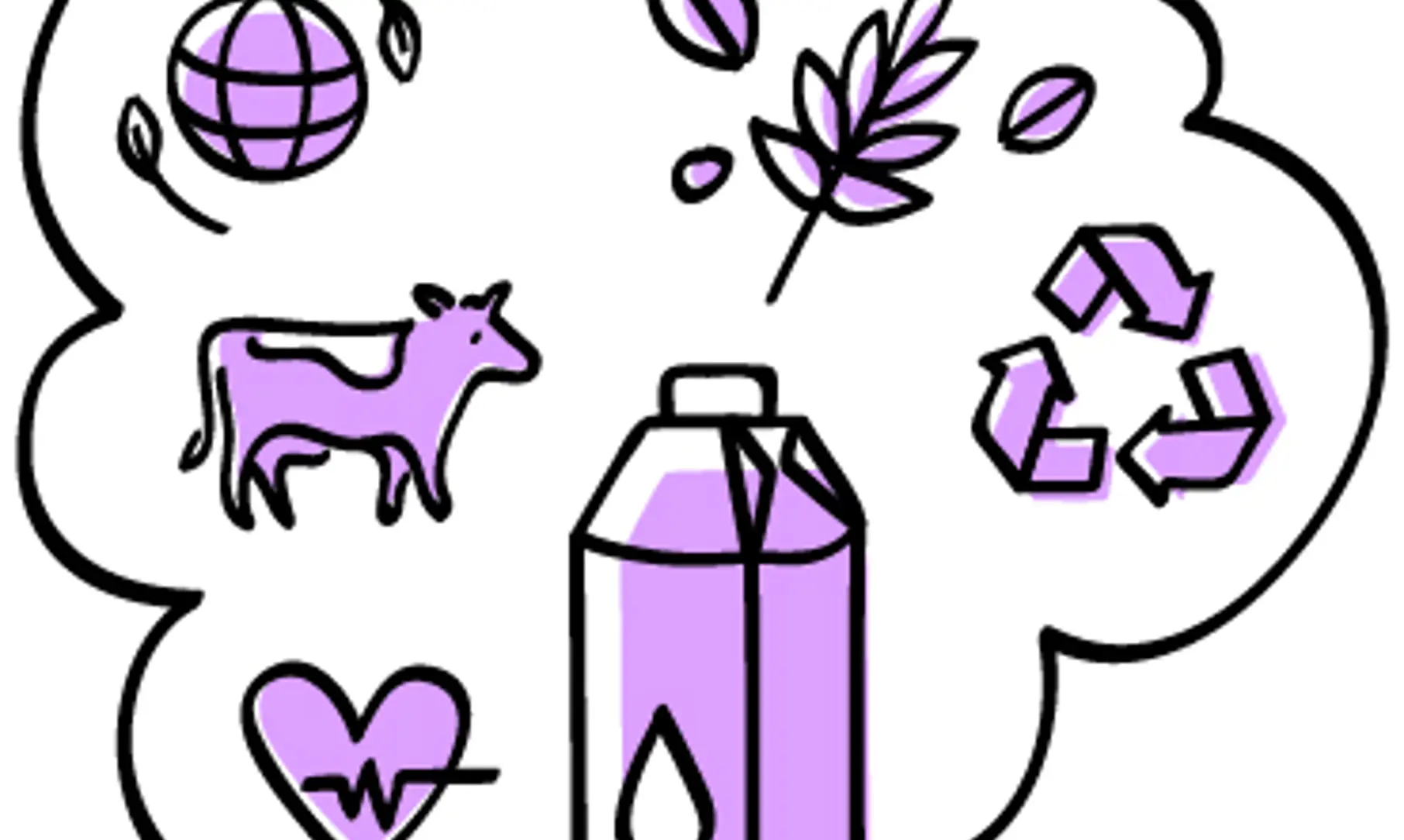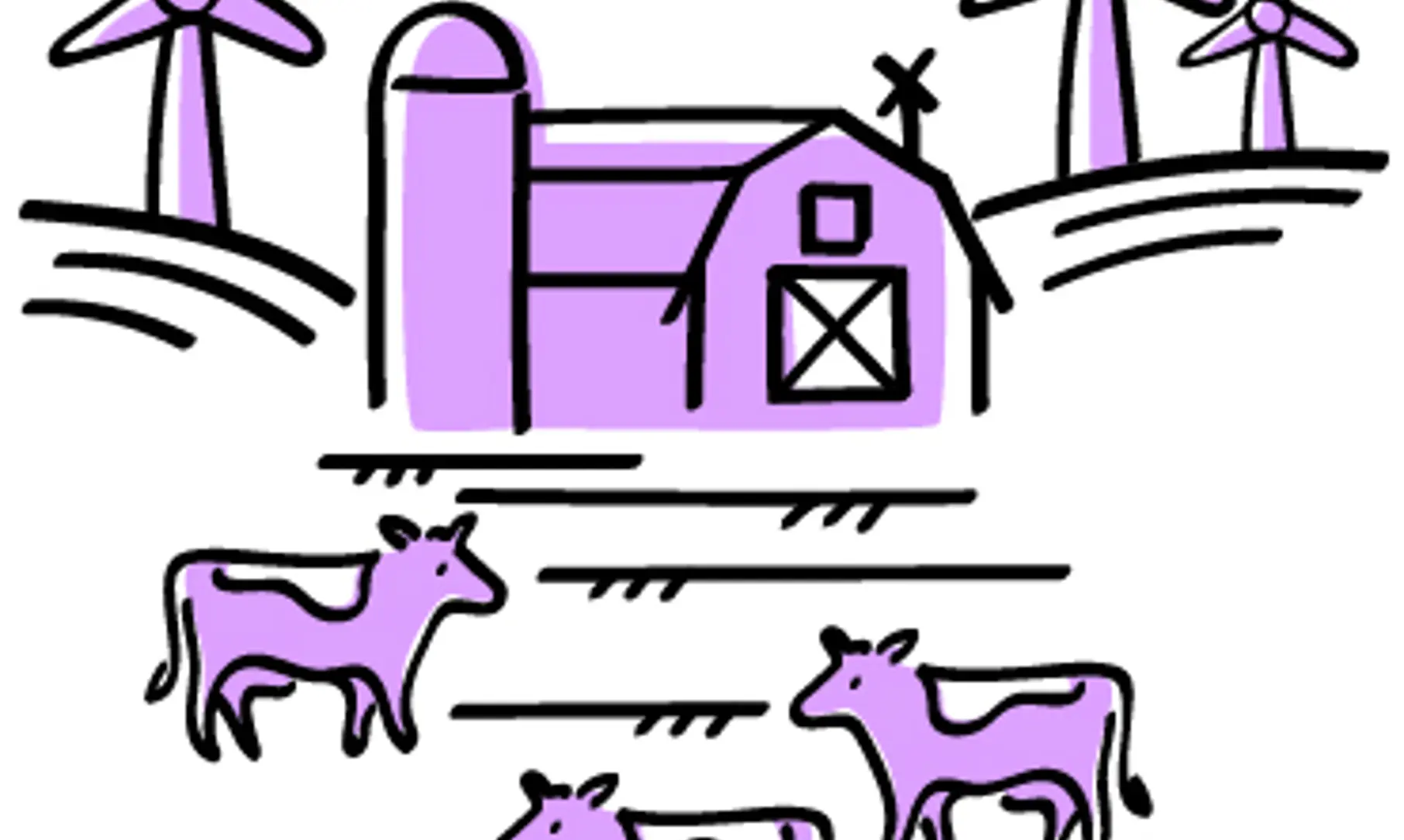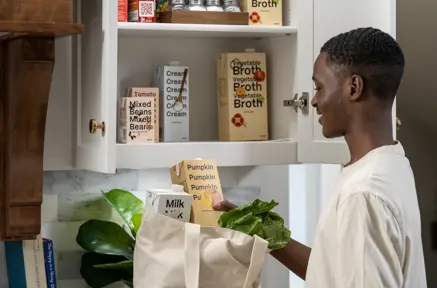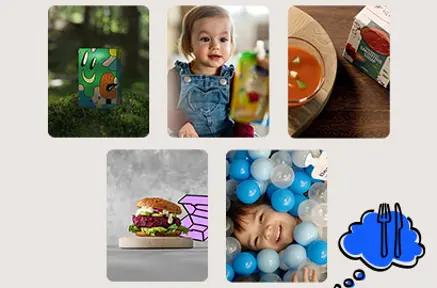What are the hurdles to growth in dairy?

Milk is likely one of the oldest beverages that was bought and sold commercially, even before the advent of pasteurization in late 1800s. More than 150 years and a multitude of innovations later, dairy continues to be one of the most prominent categories worldwide.
It is also a category that continues to be in influx of changes, especially after the turn of the century. Evolving consumer demands, rising health concerns relating to dairy products, and technological advancements in processing and packaging all contribute to these changes.
In this edition of our Expert insights: category complexities chat with Julia Trebels, Global Consumer Category & Consumer Insights Manager, SIG, she delves into some of the top challenges facing the dairy industry in current times.
Price points
Yes, the current pricing crisis extends to the dairy too. Dairy, and more specifically milk, is a must for children in many cultures across the world. In 2020, world milk price increased by 18%. The dairy producers had to either absorb the price or pass it onto consumers, and both scenarios had their own pitfalls.
Consumer mindsets
Consumers, especially the younger generations, are focused on conscious consumption.
They are making informed decisions about their food and beverage in terms of not only nutrition and health credentials but also environmental impact. This poses a challenge for dairy producers, and they are looking at innovative ways of addressing these outlooks. Take hybrid milk, an innovation that combines the best of plant-based and dairy.

Making products premium offerings
Product development has been the industry’s strongest point for the longest time. And to drive growth and promote innovation, dairy producers need to offer a range of products that align with evolving consumer preferences for functional benefits and additional nutrition. The challenge lies in finding strategies to add value to premium dairy products that consumers are willing to pay extra for.
Addressing sustainability concerns
Needless to say, the dairy industry comes under a lot of fire in this area, especially with the rise of plant-based diets. Dairy producers are taking various measures to reduce their overall impact, such as switch to renewable energy, sustainable dairy farming practices, repurposing waste, and upcycling nutritious ingredients for cows’ diets.

However, dairy producers often shy away from communicating these initiatives fearing backlash. The challenge lies in effective communication backed up by real data while building stronger supply chains.
Packaging for lower impact
Milk and dairy packaging need to balance sustainability asks with the industry’s unique food safety requirements. From glass bottle to shelf-stable packs, milk packaging has traversed a long road. And today, packaging can play a crucial role in helping dairy producers address some of the key challenges. Take SIG Terra, a portfolio of our most sustainable packaging solutions. There are multiple other packaging options from cartons to bag-in-box and spouted pouch packaging, geared to lower the impact of a packed dairy product. Get in touch to explore how we can help you achieve your sustainability goals.
Down the road
The dairy innovation space is growing in various directions – fueled by both established players and dairy-based startups. In the long term, these innovative technologies have the potential to disrupt the dairy landscape. Subscribe to our bi-weekly SIG blog for fresh insights on the food and beverage industry. Meanwhile, in the next edition of this series, we will explore the challenges and opportunities in the packaged food segment.
Is this much enough? Or should we include more details as follows:
Take our portfolio of SIG Terra, world’s first aseptic cartons with no aluminum layer. SIG Terra Alu-free is suitable for plain white milk, cream, and other oxygen-insensitive products, and SIG Terra Alu-free + Full barrier is ideal for oxygen-sensitive dairy products, such as yogurt.
- noiembrie 02, 2023

Innovation and partnership to improve global food access

